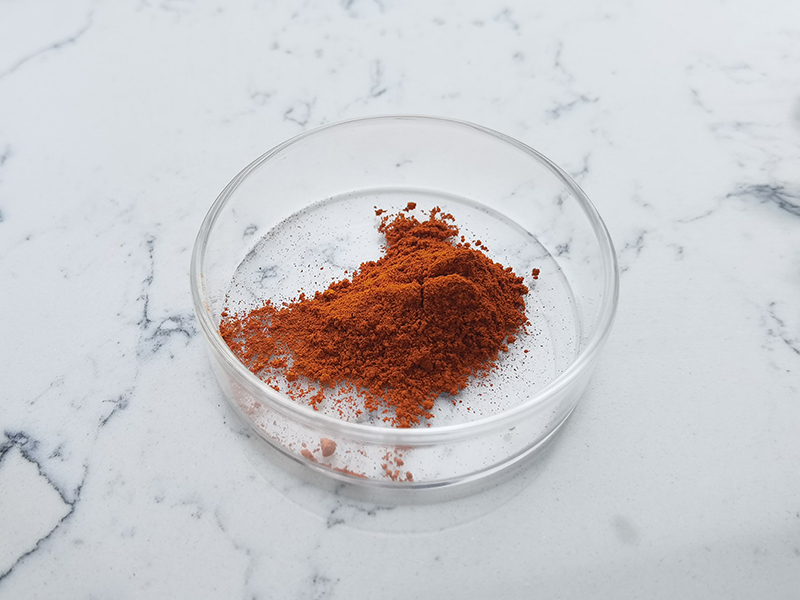5-Amino-1MQ Iodide (5-Amino-1-methylquinolin-1-ium Iodide) is a chemical compound that has been studied for various biomedical and pharmacological applications. However, it’s important to note that information regarding its treatment or application could vary depending on the context in which it’s being discussed (e.g., in drug development, research, or a clinical setting).
If you are referring to the use or treatment of 5-Amino-1MQ Iodide in a laboratory or clinical setting, its applications might include:
- Inhibition of Inflammation: 5-Amino-1MQ Iodide has been shown to have anti-inflammatory properties in certain studies. It can be used in research to understand its role in modulating immune responses and inhibiting inflammatory pathways.
- Metabolic and Cellular Effects: Some studies have investigated 5-Amino-1MQ Iodide for its potential role in altering cellular processes, including its effect on metabolism or gene expression.
- Therapeutic Development: Researchers may explore its use as a potential therapeutic agent in specific conditions, though it is not yet a commonly used treatment for any particular disease.

Treatment Considerations:
If this compound were to be used in therapeutic contexts, some common treatment considerations might include:
- Dosage and Administration: The correct dose would depend on the condition being treated, the compound’s pharmacokinetics, and its bioavailability.
- Toxicity and Side Effects: As with any compound, the potential toxicity and side effects of 5-Amino-1MQ Iodide would need to be thoroughly studied, particularly in human clinical trials. This includes evaluating its long-term safety and any potential interactions with other drugs or conditions.
- Research Protocols: In laboratory studies, the compound might be used in various experimental models, and researchers would typically follow strict protocols to assess its effects on inflammation, immune responses, and other biological functions.
Could you provide more details about the specific context of the treatment or use you’re referring to, such as its therapeutic purpose or in what kind of research it’s being used?
